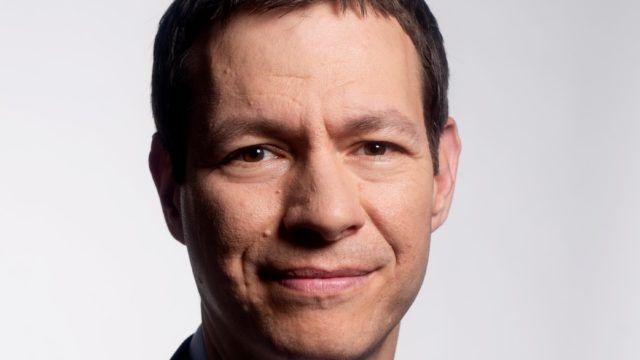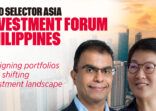“There are four overlapping trends in the mutual funds industry, namely, fee compression, alternative indexing, solutions investing and sustainable investing,” Dan Lefkovitz, strategist at Morningstar Indexes, explained to a webinar audience this week.
Fee compression is in response to “poor active management performance, a change in the advisor business model away from commissions to fixed fees, regulations that have prompted greater fiduciary activity among asset owners and a move towards unbundled, transparent expenses,” said Lefkovitz.
In fact, a recent Morningstar report found that mutual fund fees are still too high in many of the 26 countries it examined, with global asset managers often too keen to promote funds with high expenses and some markets too dominated by a small coterie of bank distributors.
Fees matter, not just on a relative basis, but because they affect fund performance. As Morningstar found in a 2016 study, “the expense ratio is the most proven predictor of future returns” for any fund.”
“All these factors have contributed to a shift in investors’ preference for low cost, transparent passive funds during the decade following the global financial crisis in 2008,” said Lefkovitz.
In the US, the proportion of assets under management in active and passive funds (including ETFs) is now close to 50:50, while the growth in passive investing in Asia, albeit skewed by the Bank of Japan’s insatiable hunger for ETFs, is particularly striking, according to Morningstar data.
Passive investing is even making significant inroads into fixed income, accounting for around 30% of mutual funds, despite lower active fund fees.

However, Lefkovitz acknowledges that the passive fund industry also has deficiencies, largely as a result of the oligopolistic position of major index providers – MSCI, FTSE Russell, and S&P Dow Jones – whose indices are used by 73% of passive funds in the US.
“Index licensing fees have been rising above inflation for several years because of the concentration of power among three index providers, and yet they offer very little differentiation for many of their indices, often showing identical performance and interchangeable beta,” he said.
Morningstar is competing with the big players and claims that $62bn of AUM is linked to, and a further $250bn are benchmarked against, 900 of its own indices.
Beyond passive indexing
To meet investor demand, the fund research firm is concentrating more resources on “alternative indexing”, which it defines as a hybrid of active and passive investing.
“The goals are active and the implementation is passive,” said Lefkovitz.
Basically, these are customised indices that are not interchangeable, because they are developed to fit a specific smart (or as Morningstar prefers, “strategic”) beta objective.
“We’ve developed multi-factor indices that aim to mitigate the effects of cyclicality,” said Lefkovitz.
These include various thematic indices, such as technology and infrastructure, as well as a flagship series of indexes that include the stocks of companies that combine the five characteristics of an economic moat (valuable intangible assets, switching costs, network effects, cost advantages and efficient scale) with market prices below the stock’s intrinsic value.
However, “demand for smart (or strategic) beta products seem to have plateaued in the US at about 20% of the ETF market, and have enjoyed little traction so far in Asia”, said Lefkovitz.
Perhaps a more significant trend since the global financial crisis is an increasing willingness among investors to outsource management of their assets to meet specific objectives, such as paying education costs, building a retirement nest-egg or simply receiving a stable, consistent income.
Lefkovitz calls this “solutions investing”, and its most evident manifestation is in massive demand for target-date mutual funds (which typically have strategies that migrate from aggressive to cautious over time) and a constant requirement for multi-asset products.

The final major development that is affecting the fund and index industries, according to Lefkovitz, is “sustainability investing”.
“ESG factors are increasingly incorporated in investment processes to complement conventional risk-return assessments, and have led to demand for as many 60 new discrete indices in recent years to match a variety of ESG criteria,” he said.
“Europe leads the field, but this is a secular trend and growth sector for the funds and index industries worldwide.”

















